We don’t know about you, but we’ve gotten a sort of voyueristic pleasure out of seeing people’s kitchens, living rooms and even bedrooms on Zoom calls and tv interviews for the last year and a-half. We’ve enjoyed seeing the art and decor and occasional cat, dog or child walk by. Is that the same impulse that spurred browngrotta arts’ artists to go heavy on memoirs and biographies this year? We can’t say for sure, but they surely have. Here are their recommendations and one of ours, as well.

Gyöngy Laky wrote eloquently about her re-reading of Fate and Art, the illustrated autobiography of pioneering Polish sculptor, Magdalena Abakanowicz, whose organic installations explored the politics of space in presciently fresh ways.
“This work it is not a woven Abakan nor a Bronze Crowd,” writes Laky. “It is Abakanowicz speaking to us directly herself in a most intimate and electrifying way. The first edition of Fate and Art, a monologue in her own words, was published in 2008. This second edition was initiated and overseen by Mary Jane Jacob, renowned American curator, writer, and professor at the School of the Art Institute of Chicago. It was published in 2020 in the midst of an unexpected and deadly virus pandemic that is responsible for the deaths of nearly 800,000 Americans, more than in all the wars in which the US engaged since 1898.” In the current struggle, Laky sees an echo of WWII’s horrific conflict. Abakanowicz was 9, growing up in Poland, when the Nazis invaded. “Experiences that might have defeated others forged an artist whose works express the power, intensity and mystery of human existence,” Laky observes.
“Abakanowicz writes in English, an adopted language – every sentence honed to poetic perfection with each recounted episode providing the strong intellectual and emotional impact so characteristic of the muscle and might of her sculptures and installations,” says Laky.
“She was absorbed by the physical world around her. She writes of her childhood, ‘The urge to have around me, to touch, to hoard —twigs, stones, shards and bark— continued. They embodied stories with which I wanted to live.’ Those stories she absorbed and magnified to build the large themes of her work.”
Laky recommends that, if you did not read this captivating book in 2008, you should read it now. “Given the magnitude of the struggles we face today, Abakanowicz’s life and art will renew inspiration to hope, to act and to create. This monologue will regenerate belief in human resilience, so well expressed through her stirring and thought provoking narrative and in her art.”

Tamiko Kawata also recommended an artist’s biography, Everything She Touched: the life of Ruth Asawa. Mary-Merkel-Hess did, too: Silence and Beauty by Makoto Fugimura. “I have been following Makoto Fugimura,” Merkel-Hess writes.. He is a Japanese American, a Christian, a writer as well as an artist and recently had a show at the High Line Nine Gallery in Manhattan. As a Japanese artist and a Christian he was an advisor to Martin Scorsese during the filming of the movie Silence based on the 1966 novel by Shisaku Endo also called Silence. Both the book and the movie tell the story of the martyrdom of Japanese Christians in the late 17th century.” Fugimura’s book Silence and Beauty is an extended reflection on Endo’s novel, the nature of art and how Fugimura’s faith journey overlaps with Endo’s. Fugimura recently published another book called Art and Faith: A Theology of Making (2020).
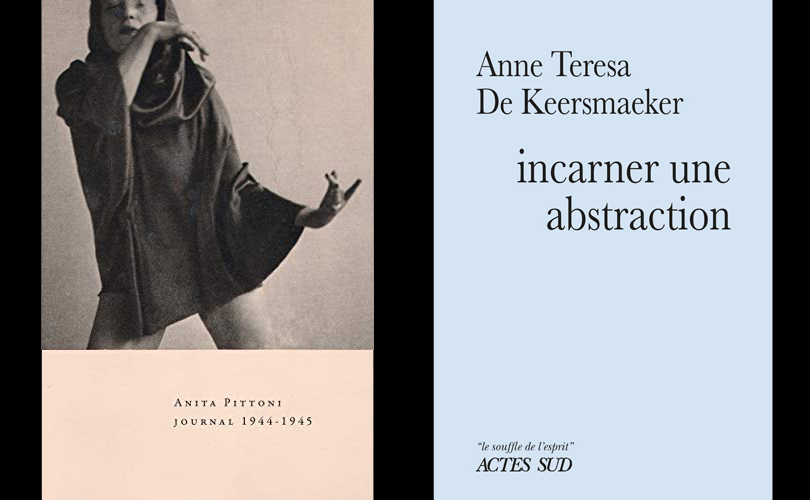
Stéphanie Jacques has been reading Anita Pittoni’s diaries and articles, Anita Pittoni: Journal 1944-1945, and a postface by Christina Benussi, Journal 1944-1945 (Editions La Baconnière, Genève). The author was a textile designer, an artist, a writer and an editor. The book is in French, but she provided us a translated passage: “For me, writing is made exactly like a fabric, it brings me back to my humble artisan work (…); the same law governs me, makes me perform the same movements, so that the material and the structure of the fabric, made of stitches that are linked rather than tight threads, follows the thread of my thought.” Also on Jacques’ nightstand, a memoir of Belgian choreographer Anne Teresa De Keersmaeker, Incarneune abstraction /Embodying an abstraction, bilingual edition French-English (Actes Sud, 2020) summarizing her career and artistic aims. Shaped by 40 years of research and risk-taking, she takes the reader on a journey — each chapter is inspired by major encounters: from Constantin Brancusi and Trisha Brown to Johann Sebastian Bach and Pythagoras.
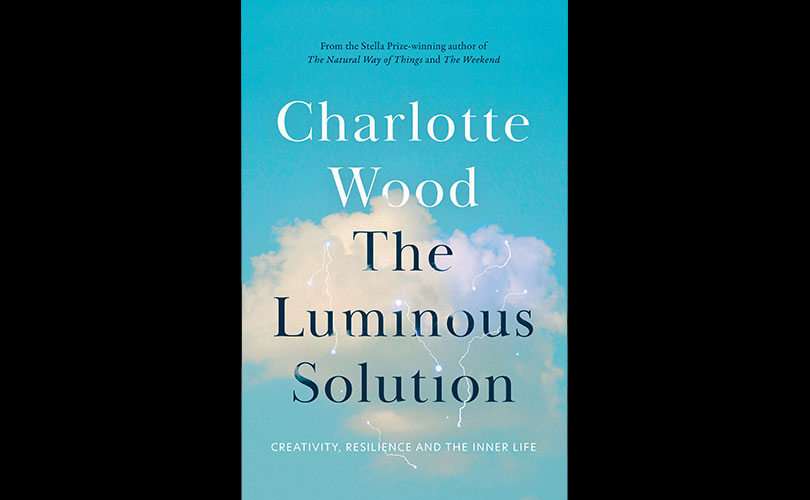
Lizzie Farey is reading The Luminous Solution by Charlotte Wood (Allen & Unwin, 2021) “Drawing on research and decades of observant conversation and immersive reading,” Farey writes, “Wood shares what artists can teach the rest of us about inspiration and hard work, how to pursue truth in art and life, and how to find courage during difficult times.” Charlotte Wood is one of Australia’s most provocative and gifted writers, Farey notes, an award-winning author, and, just happens to be, Lizzie’s cousin. In the Preface, Wood writes, “A rich inner life is not just the preserve of the arts. The joys, fears and profound self-discoveries of creativity — through making or building anything that wasn’t there before, any imaginative exploration or attempt to invent — I believe to be the birthright of every person on this earth. If you live your life with curiosity and intention – or would like to — this book is for you.”
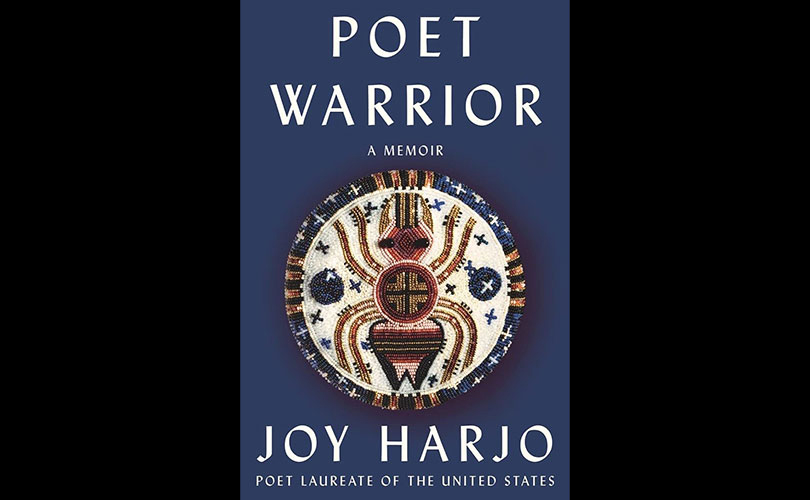
Poet Warrior is a beautifully written memoir by Joy Harjo, the first Native American to serve as U.S. poet laureate, recommended by Annette Bellamy. Harjo shares with readers the heartaches, losses, and humble realizations of her “poet-warrior” road. Poet Warrior reveals how Harjo came to write poetry of compassion and healing, poetry with the power to unearth the truth and demand justice.

Polly Sutton referred to us Michelangelo in Ravensbruck. The inspiring and beautifully written memoir records a neglected side of World War II: the mass murder of Poles, the serial horrors inflicted by both Russians and Nazis, and the immense courage of those who resisted. The memoir is of Countess Karolina Lanckoronska, a professor and wealthy landowner, who joined the Polish underground in 1939, was arrested, sentenced to death, and was held in Ravensbruck concentration camp. There she taught art history to other women who, like her, might be dead in a few days.
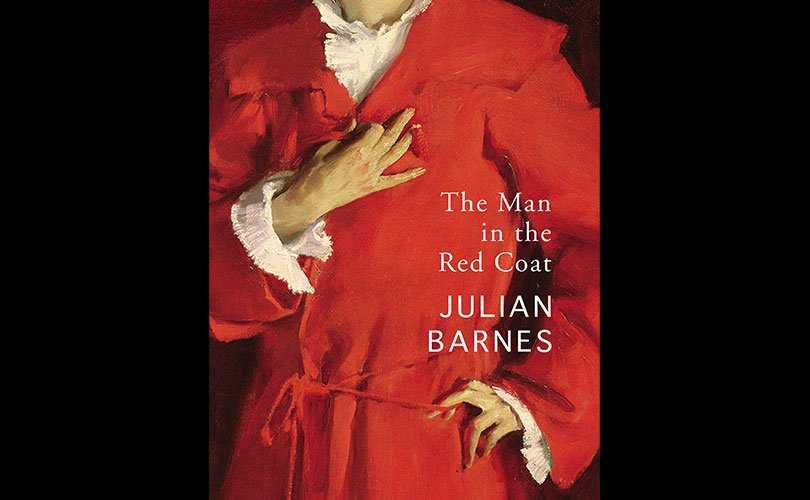
The remarkable life story of the pioneering surgeon, Samuel Pozzi, is the subject of The Man in the Red Coat by Julian Barnes, which was recommended by Włodzimierz Cygan. Pozzi was a society doctor, free-thinker and man of science with a famously complicated private life who was the subject of one of John Singer Sargent’s greatest portraits. Barnes’ story of Belle Epoque Paris features Henry James, Sarah Bernhardt, Oscar Wilde, Proust, James Whistler, among others and holds more parallels to our own age than we might imagine.
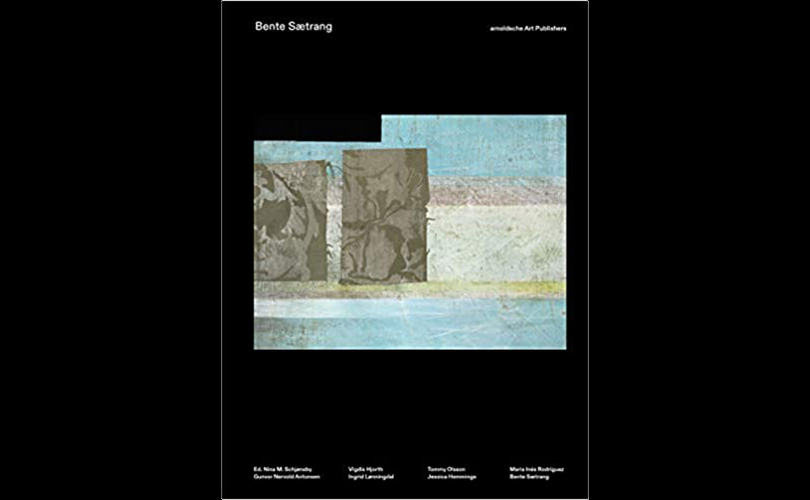
We would add to this list, Bente Sætrang, (Nina M. Schjønsby (ed.) Arnoldsche). This monograph tells the story of Sætrang (b. 1946) and her 40-year commitment to the medium of textile. She is known for her intensive investigation of trompe l’oeil drapery, bold textile printing, monumental abstract color studies, and charcoal drawings. She was Norway’s first professor of textile art, and her political engagement and unique knowledge of color and textile qualities permeate her work. Through essays, poems, interviews, montages, and rich imagery, this monograph sheds light on the different phases of Sætrang’s artistic practice.
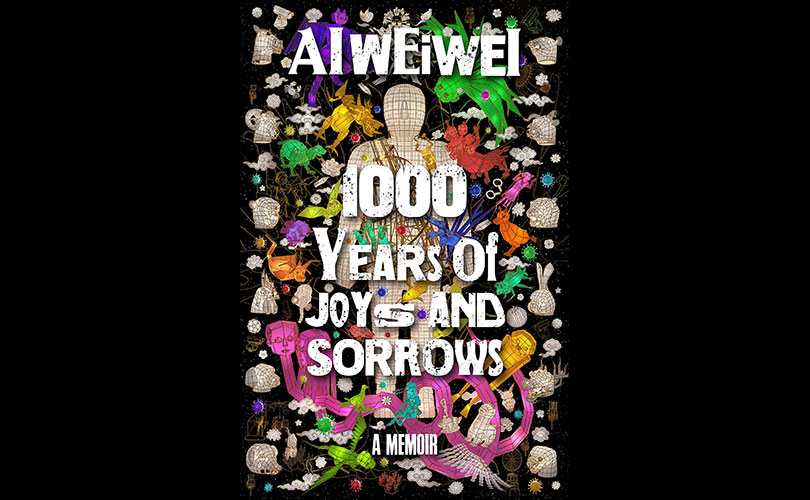
Last, but certainly not least, Ai Weiwei’s much-anticipated memoir, 1000 Years of Joys and Sorrows: A Memoir (Random House) is just published. It tells a century-long epic tale of China through the story of his own extraordinary life and the legacy of his father, the nation’s most celebrated poet and is, according to Michiko Kakutani, “an impassioned testament to the enduring powers of art.” Edward Snowden’s notes on the book and what it has to tell us about freedom (“The message that emerges from Ai’s work is that the truest resistance to the oppression of conformity is the riot of human diversity,….”) can be found here: https://edwardsnowden.substack.com/p/culturalrevolutions
This list may offer you enough reading inspiration for all of 2022, but there are more recommendations on the way! Watch for Books Make Great Gifts, Part Two: Novels, Art Books and the Like on arttextstyle next month.
